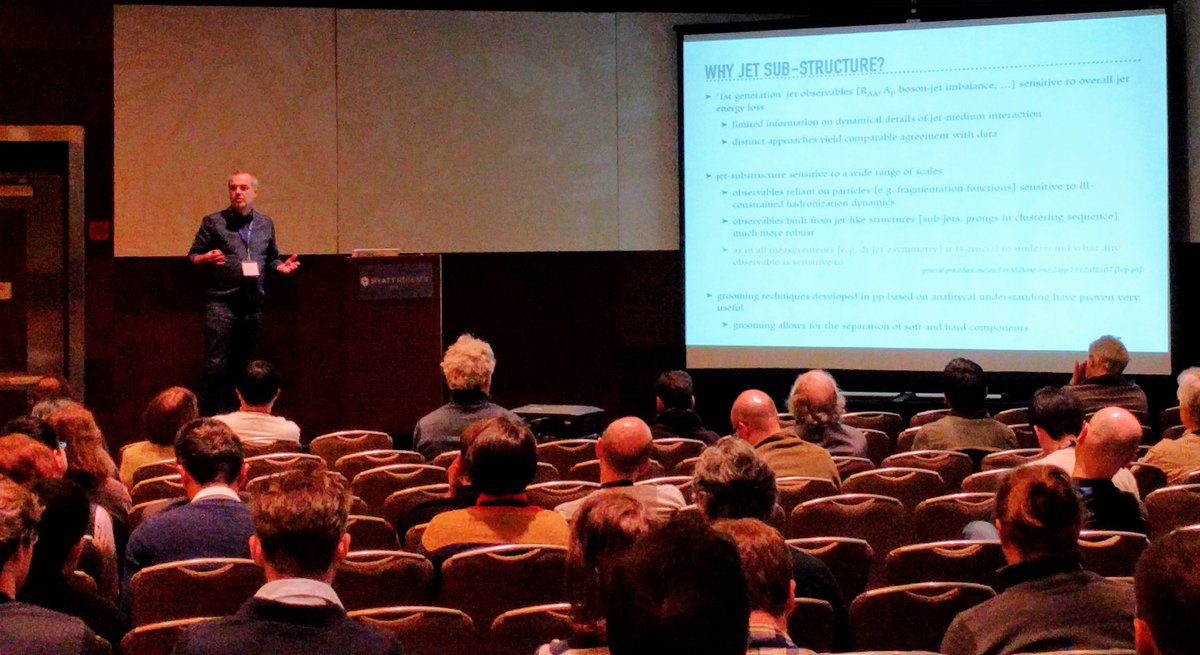“YOCTOLHC IS A HIGH RISK PROJECT”
LIP’s team, led by Guilherme Milhano, will be responsible for the development of innovative techniques to identify jet properties sensitive to the early times of a collision.

Light takes three yoctoseconds to cross a proton. To have an idea of how small this time is we can think that if the age of the universe was just a second, this time would still be one million times shorter than a blink of an eye. This tiny time is apparently enough for, in heavy ion collisions at CERN’s Large Hadron Collider (LHC), quarks and gluon to lose quantum coherence, interact among themselves and form the quark gluon plasma that permeated the entire universe microseconds after the Big Bang.
The project Yoctosecond imaging of QCD collectivity using jet observables’ (YoctoLHC) was awarded a 2.5 million euro Advanced Grant for a 5-year period by the European Research Council (ERC). YoctoLHC is led by Carlos Salgado, professor of Theoretical Physics at the University of Santiago de Compostela and director of the Galician Institute of High Energy Physics (IGFAE), and will be carried out by an international team with researchers from the Laboratory of Instrumentation and Experimental Particle Physics (LIP) and the University of Jyväskylä in Finland.
“This project aims to understand the dynamics of plasma formation. The experimental results obtained during the last two decades, together with very significant theoretical advances, allow us to know that the plasma is formed during the first 5 yoctoseconds after the collision. This plasma expands and cools, becoming ‘normal’ matter about 30 yoctoseconds after the collision”, says Guilherme Milhano, Técnico professor and researcher at LIP. “This ‘normal’ matter can be observed trough LHC detectors. Although expansion and cooling are reasonably well understood, the plasma formation mechanism is not at all. This research aims to understand this transition between ions that collide and the plasma”, he adds.
The YoctoLHC project proposes a novel use of specific probes, highly energetic particle jets, to build a time image of the first 10 yoctoseconds of the collision and unravel the process of emergence of complexity from the elementary building blocks of Nature.
LIP’s team, led by Guilherme Milhano, will be responsible for the development of innovative techniques to identify jet properties sensitive to the early times of a collision. According to professor Guilherme Milhano “
“Over the past few years, our team has becoming an international benchmark in the jet studies of quark-gluon plasma. This is why Carlos Salgado (project’s PI), with whom I work for more than 15 years, considered that our team could play an important role in this project”, says the LIP researcher.
According to professor Guilherme Milhano, “YoctoLHC is a high risk project”. “We live surrounded by complex systems, so understanding where this complexity comes from can change the way we look at all that surrounds us”, he adds.
